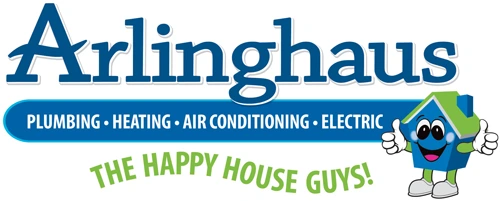Anyone who has a larger home has probably wondered how much money they’re wasting to cool the whole house, and not just the rooms being used, every time the air conditioner turns on. After all, you may not need every empty guest bedroom to be as cool as the kitchen while you are cooking a meal. In these circumstances, a more energy efficient option might be a zoned air conditioning system that allows you to set different temperatures for the various parts of your home. With a better understanding of the pros and cons of zoned cooling and heating, you can decide if it is right the right home comfort solution for you.
How Does Zoned Cooling Work?
With a standard air conditioning system, you have one, central thermostat that tells your cooling equipment when to turn on and off and how much to adjust the temperature. The system cycles refrigerant through the evaporator coil, which removes heat from the air and allows it to be circulated throughout the home again. This means that every room gets the same amount of cooling every time.
With a zoned air conditioning system, you can cool specific rooms or areas of your home to different temperatures or at different rates. The system relies on a series of thermostats, one for each zone. The thermostat tells the system when that zone needs cooling (or heating) based on the settings created on the control panel. The system uses control of dampers to divert air to different zones without cooling the entire home at once.
When is Zoned Air Conditioning Appropriate?
Although many people are perfectly happy cooling their homes at the same rate, there are a number of circumstances in which a zoned cooling system might be more appropriate. If you have a larger home with unique cooling needs, or you have special rooms in the home that should be kept at a cooler temperature, you might waste energy trying to balance the needs of separate spaces with a standard air conditioning system. Zoned cooling systems can help you save energy and money on your utility bills because you can concentrate the energy usage to the areas that need it most. This way, you can keep your food storage, wine collection or home office at a cooler temperature, without decreasing your home comfort in regular living spaces.
Do I Need Ductwork for Zone Cooling?
Many zoned air conditioning systems take advantage of existing ductwork to provide ideal cooling for various zones throughout the home, but it is not an absolute requirement. Zoned cooling is a major benefit of ductless multi-split air conditioning or heat pumps. Instead of using a single or air handler inside the home to push cooled air throughout the ductwork, a multi-split air conditioner connects an exterior condenser/compressor unit with a series of smaller evaporator coils and air handlers in various places within the home. This type of system is created ideally for zoned cooling since the individual components are already designed with the ability to cool separately.
How Do I Use a Zoned Air Conditioning System?
All this talk of different thermostats and zones might make you think you would have to balance several systems all at once, but a zoned cooling system is built to be managed from a single control panel. Here’s how it works:
- On installation, you decide how many cooling zones you want. Some models will permit you to have up to five unique zones of cooling, but you may only need two or three.
- From the control panel, you create the settings for each zone.
- Once installation is complete and your settings are ready to go, the system takes care of the adjustment for you.
The only interaction you need to have with it is to change settings or to allow your HVAC technician access for maintenance or repair.
Are There Any Drawbacks to Zone Cooling?
As you can probably expect, all this extra equipment comes at a price. Zoned air conditioning is intended to be easy to use, but it costs more to purchase and install. This is true whether you are adding entirely new ductwork to your home, retrofitting new ductwork to an existing central air environment, or purchasing a new ductless air conditioning system. The second possible disadvantage comes in the form of repairs. The more components you add to a system, the more components that might break. With careful, professional installation, you can minimize air loss from leaky ductwork or problems that may arise from a poorly-installed exterior unit. However, a zoned system is a magnitude more complicated means that you may pay more for maintenance, and have a higher likelihood of repair needs.
If you are looking to balance your goal of energy efficiency with home comfort, a zoned air conditioning system could be a good choice to explore. If you are willing to make a greater investment on the equipment, installation and maintenance, you can have the flexibility to set different cooling zones in your home.


